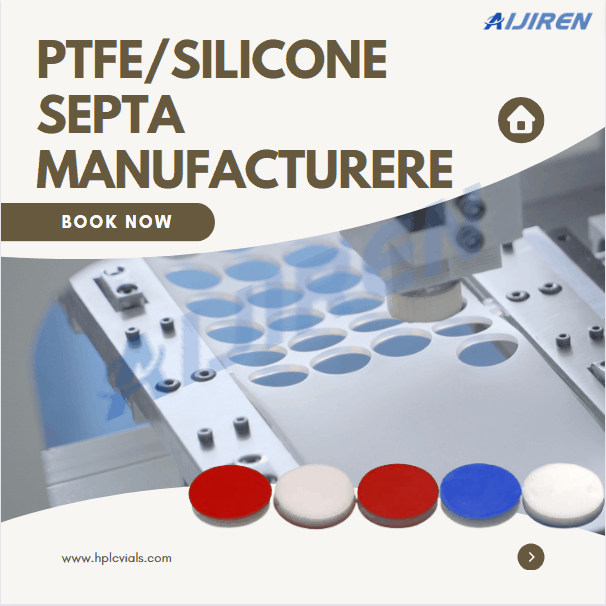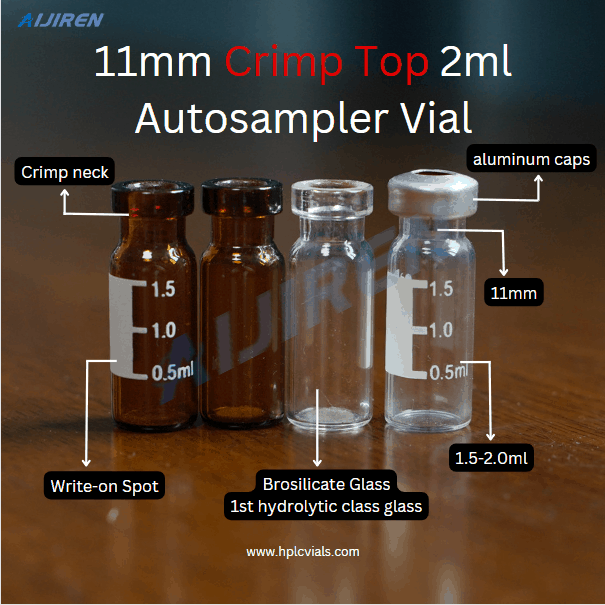Strengths and Limitations of LC-MS
The combined technique between MS and HPLC is commonly known as LC-MS. Combining the two analytical methods reduces experimental error and improves accuracy. The application of LC-MS is very useful in situations that involve a huge number of compounds, such as environmental effluents. Next, we will briefly introduce the strengths and limitations of LC-MS.
LC-MS Analysis
LC-MS has been extensively applied for the analysis of both small molecules and large protein molecules in diverse matrices. Some examples of the applications of this technology are:
1. quantification of genotoxic impurities in active pharmaceutical ingredients4
2. detection of twelve model compounds that represent specific classes of doping agents, such as anabolic agents and simulants, in exhaled breath5
3. quantification of drug metabolites in biological fluids
4. detection of adulterants in food materials6 and dietary supplements7
5. determination of alkylphenol ethoxylates (APEOs) in tannery sediments8
6. quantification of personal care products in swimming pool and river water samples9
7. quantification of nucleotides and their derivatives in bacterial cells10
8. quantification of the proteome
9. as a rapid assay for the detection of SARS-CoV-211
The technique has also been used in the analysis of drinking water, petrochemicals, soil, biopharmaceuticals, food, and wine, and to detect per- and polyfluoroalkyl substances (PFAS) and pesticide residues.
Understanding LC-MS
Nowadays, the most widely utilized bioanalytical method for quantitation is LC-MS, or liquid chromatography (LC) tandem triple-quadrupole mass spectrometry (MS). The LC-MS procedure is similar to HPLC/UV with regard to sample preparation and chromatographic setup. Compared to UV detection, however, MS/MS offers superior sensitivity and selectivity, allowing for higher throughput analyses with more sensitive and lower quantitation limits. LC-MS is a beneficial, robust, and sensitive procedure used for a wide variety of small molecules. Furthermore, this technology is amenable to automation and unattended analysis.
Strengths and Limitations of LC-MS
Pros
LC-MS has several analytical advantages, such as a more extensive linear dynamic range (typically), improved lower detection limits, higher accuracy, and precision because of the option to apply internal standards; the capability to quantify multiple analytes simultaneously; and the fact that it does not necessarily require immunological reagents. The last point can be especially critical because such reagents may be problematic to obtain or show large batch-to-batch variability, making evaluating results between laboratories over a more extended period difficult, if not impossible.
Cons
The disadvantages of LC-MS-MS include its high purchase, maintenance, and operational costs, limited sample throughput, lack of portability, and infrastructure needs for maintaining the power, gases, and exhaust for each system. Additionally, due to the need to maintain volatile mobile phase components going into the MS source, LC solvent system selections are limited and gases and plumbing used to operate the system must be of very high purity. Operating, troubleshooting, and maintaining instruments typically involves an expert team of trained analysts and engineers.
Back to List
-
 下午4:09Weighing the Pros and Cons of PTFE/Silicone Septa
下午4:09Weighing the Pros and Cons of PTFE/Silicone Septa -
 下午4:05Decoding Vial Discard Guidelines: Ensuring Precision in Chromatography
下午4:05Decoding Vial Discard Guidelines: Ensuring Precision in Chromatography -
 下午5:01Navigating Micro Inserts for HPLC Vials: A Comprehensive Guide
下午5:01Navigating Micro Inserts for HPLC Vials: A Comprehensive Guide -
.jpg) 下午2:02Common faults and solutions of automatic samplers(2)
下午2:02Common faults and solutions of automatic samplers(2) -
 下午5:08Ensuring Sample Integrity: Navigating EPA Storage Vials Stability Guidelines
下午5:08Ensuring Sample Integrity: Navigating EPA Storage Vials Stability Guidelines

